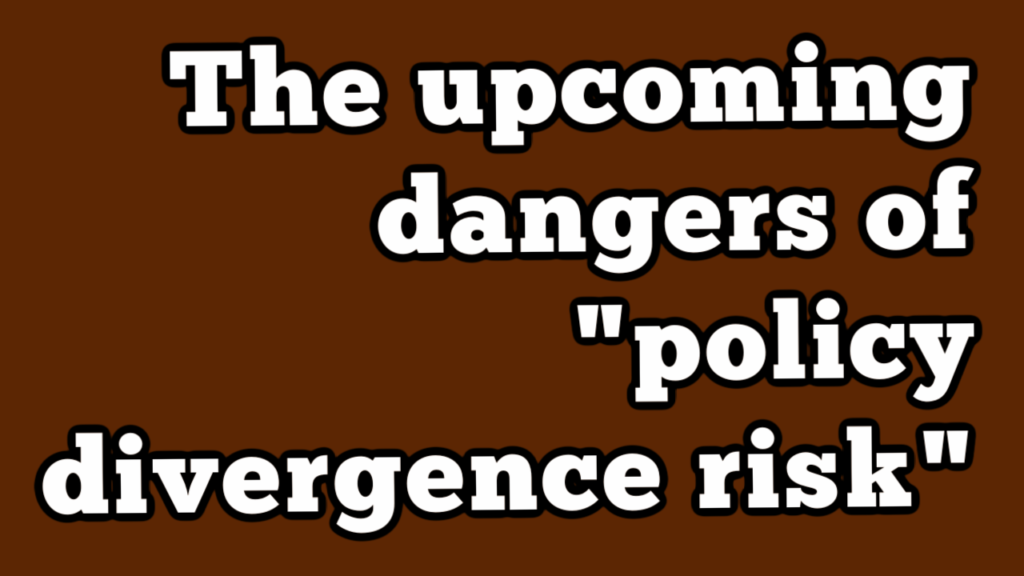The upcoming dangers of “policy divergence risk”

Here’s some thoughts from this note by Nawar Alsaadi:
In the same week the IPCC is warning of an imminent climate catastrophe in a report labelled “code red” for humanity, we get reports of China accelerating the expansion of coal-powered steel mills in the first half of 2021. It is unclear to me what else scientists can do to drive home their message of a growing climate threat unless we change our ways immediately.
Despite promising green policy initiatives in the EU, and a renewed commitment by the United States to fight climate change, the sad truth is that without coordinated global climate action, the challenge of climate change wont be resolved. The divergence in global climate policy will eventually lead to increased global economic and political friction in the form of carbon tariffs and environmental trade restrictions. In this context investors must prepared for three climate related risks:
1. Physical risk
2. Transition risk
3. Policy divergence riskThis last risk, policy divergence risk, has been woefully ignored by investors and companies, but it is increasingly emerging as a third pillar to the climate challenge. A sharp climate policy divergence will not only amplify climate transition and physical risks, but it will also introduce a minefield of environmental tariffs, trade restrictions, political tension, and divergent regularity standards that will greatly complicates businesses ability to operate across the globe. I would compare a heating world that lacks policy consensuses to a gun fight taking place in a house on fire. If you thought dousing the raging fire was bad enough, now you have to think about stamping out the fire amid a hail of bullets.
